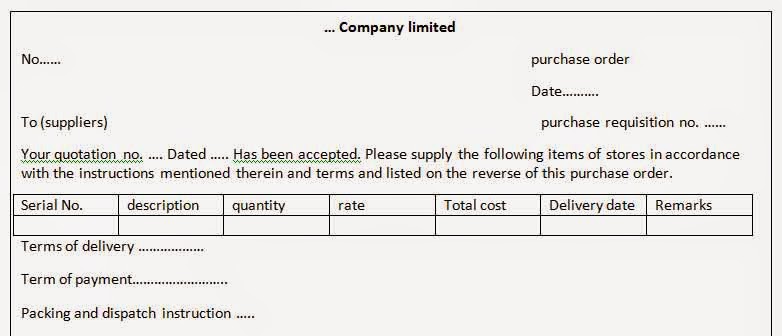


Many experience players of this industry will agree that a proper tendering process fulfils two objective viz a) The Employer gets competitive and realistic price for the project that he intends to undertake and b) The Contractor or the Tenderer upon making due investigations before submitting his tender, fully understands the requirement or nature of the proposed work and Employer’s requirement. Tendering especially for big and complex projects can be a very costly exercise equally for Employer and Tenderers, but this would be money well spent if the targets achieve successfully (Al Tamimi, 2009). This change is often out side the control of the estimator and may affect the adequacy of the tender price. Such a practice raises ambiguity in the final tender bid and increases the risk of the tender becoming overly priced or even under priced. Often this mark up is not based on any scientific calculation but rather is derived from rule of thump or expert judgement of the management. This percentage is commonly known as the management mark up. It is common practice that after the estimator has estimated the cost of the various BOQ items, the management who are authorized to decide on the final price make changes to the tender by adding or subtracting certain percentage on the costs as per corporate strategy. There will be no value of Contract documents and all the effort of Estimator and Estimation process, if these will not be used in effective and efficient way of contract execution (Gandy, 1993). However the effectiveness of the whole estimation process depends on the way this process is considered during the execution stage.


 0 kommentar(er)
0 kommentar(er)
